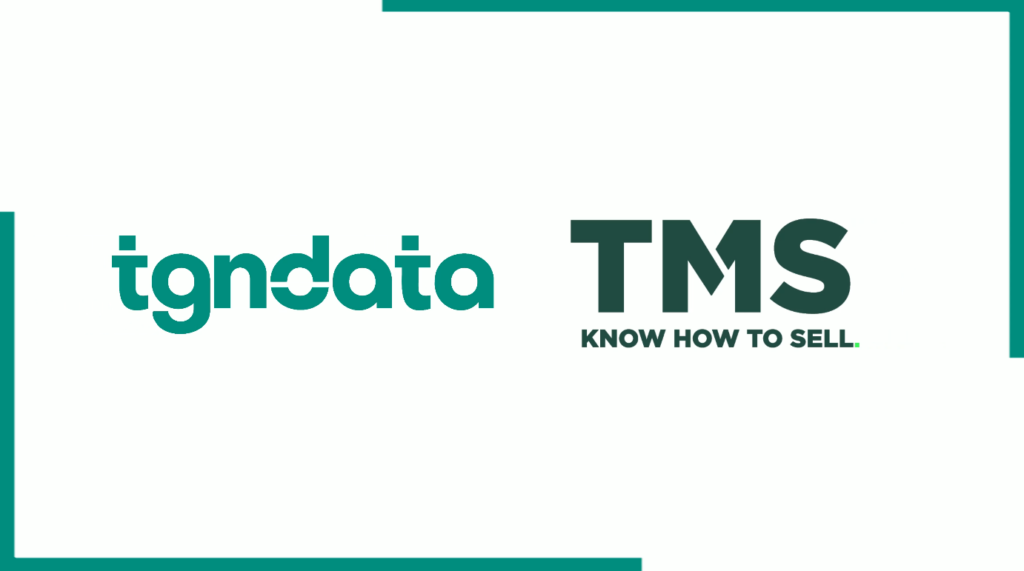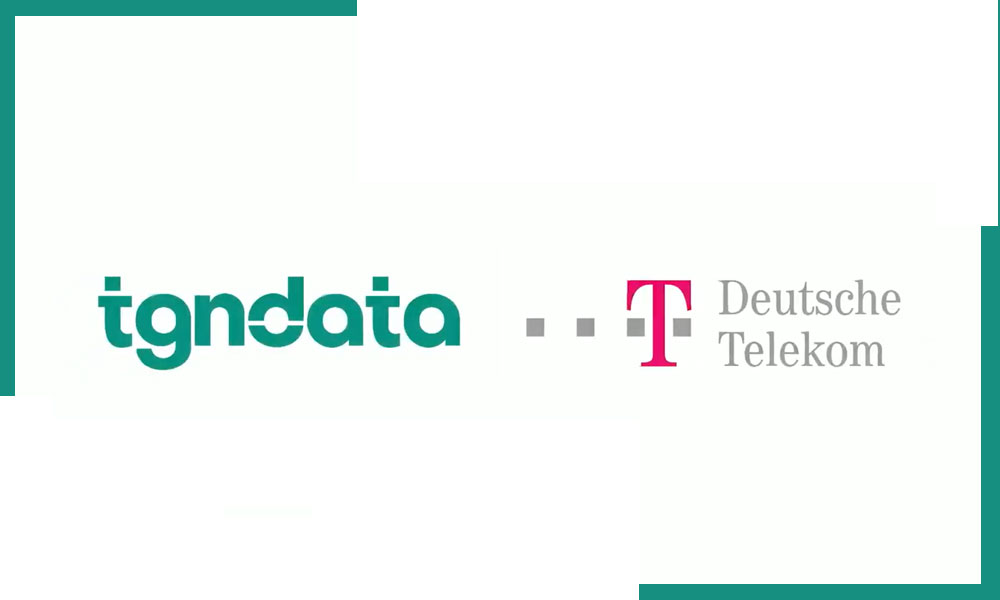Edit Content
You’ve meticulously crafted a groundbreaking new product, but the challenge now lies in getting it recognized in a saturated market. How do you stand out from the crowd and convince consumers to give your innovation a chance? This is where a well-defined pricing strategy becomes a game-changer.
One technique that can propel your product into the limelight is price penetration. This approach involves setting a lower introductory price to achieve rapid market share growth. Imagine it as a grand opening sale for potential customers, an irresistible invitation to explore your offering and discover its value. But is a price penetration strategy the perfect fit for your launch? Let’s delve into the advantages and disadvantages of this tactic to empower you to make a strategic decision.

The primary benefit of price penetration is its ability to rapidly build brand awareness and market share. By offering a lower price point than competitors, you incentivize potential customers to try your new product. This is especially effective if you’re entering a well-established market where consumers have existing brand preferences. The lower price can act as a tipping point, persuading them to experiment with your offering.
This strategy can also disrupt the competitive landscape. When you introduce a lower-priced option, it can force your competitors to react, potentially triggering price wars that ultimately benefit you. Furthermore, a penetration price positions your brand as the more affordable option, potentially attracting a broader customer base.
Building a Loyal Following: The Long-Term Game
Price penetration isn’t just about a quick burst of sales. The ideal scenario is to convert these initial, price-motivated customers into loyal brand advocates. By offering a high-quality product that delivers on its value proposition, you can build customer trust and encourage repeat purchases, even after a potential price increase.
The increased demand generated by a lower price can also create economies of scale, allowing you to potentially negotiate better deals with suppliers and further improve your profit margins in the long run.

While price penetration offers significant advantages, there are also potential drawbacks to consider. The most significant concern is the impact on profitability. Selling at a lower price can mean lower profit margins, especially during the initial launch phase.
You’ll need to carefully calculate your pricing strategy to ensure it generates enough sales volume to offset the reduced profit per unit.
Another risk is the potential for devaluing your product. An overly aggressive low price might create the perception that the product is of inferior quality. To counteract this, ensure your marketing and branding efforts clearly communicate the value proposition of your offering.
Price penetration can also lead to a customer base overly focused on price. If customers become accustomed to the lower introductory price, they might be resistant to future price increases. Be prepared to manage this expectation, perhaps through offering tiered pricing structures or loyalty programs that reward repeat customers who are willing to pay a premium.
Finally, there’s the risk of attracting customers who prioritize affordability over brand loyalty. These customers might be quick to switch to competitors offering even lower prices.
If you’ve decided that price penetration aligns with your new product launch goals, here are some additional tips to maximize its effectiveness:

The price penetration strategy can be a powerful tool for launching a new product,
but it requires careful planning and execution. Consider the following factors before making a decision:
By carefully weighing these factors, you can determine if a price penetration strategy is the right fit for













Missing an important marketplace?
Send us your request to add it!